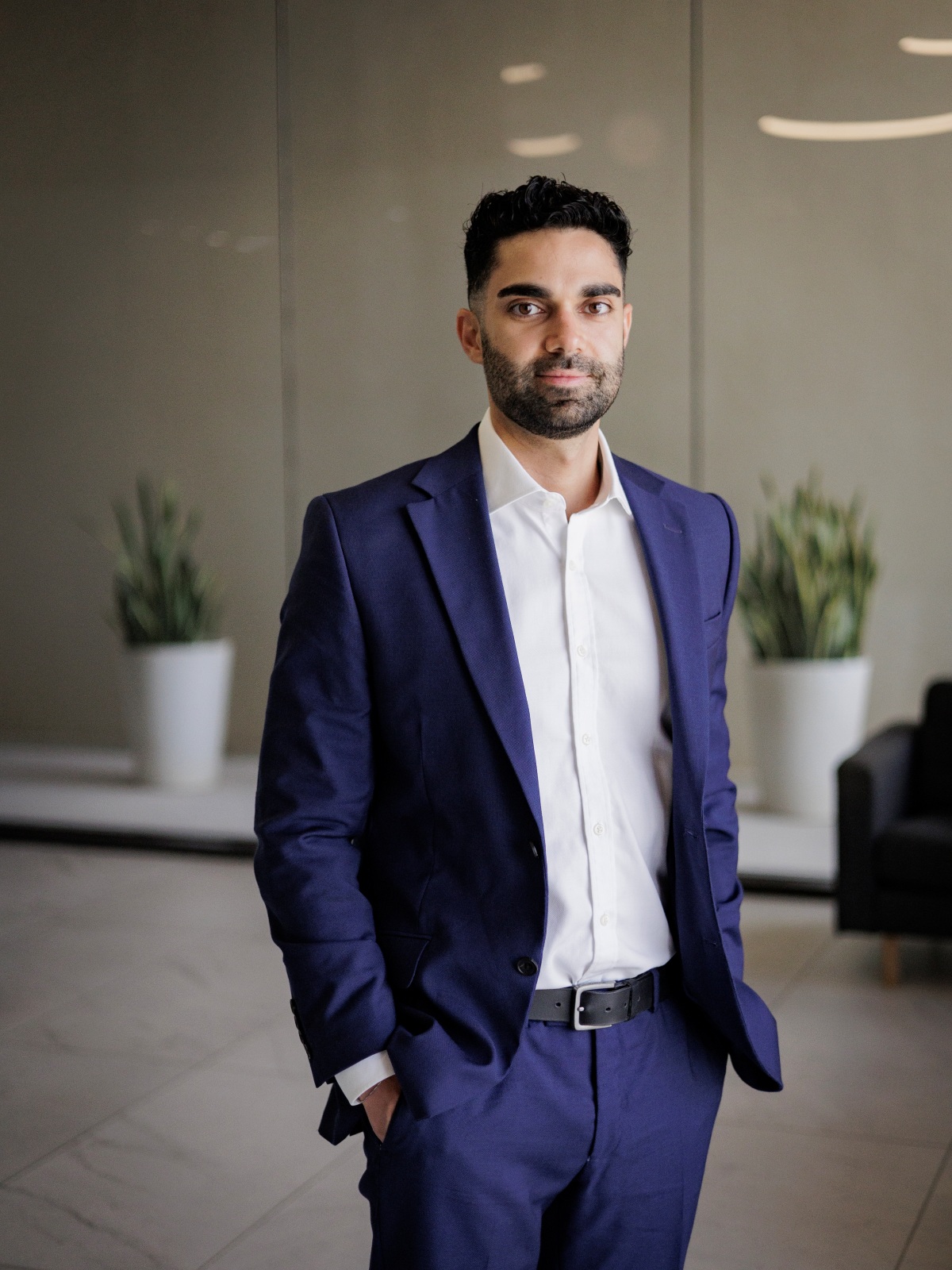As Joseph Attard, technical architect at ICT Solutions, highlights, Maltese businesses are having to rethink their network and security strategies. The most prominent driver of this shift is remote working, now a defining feature of today’s business environment and no longer a temporary pandemic response.
Traditional networking was based on all users being in one location and accessing everything internally, so this one office was secured with perimeter firewalls, Mr Attard explains. Further down the line, as remote connectivity mushroomed, so did the use of virtual private networks (VPNs). Once seen as the backbone of remote connectivity, VPNs are becoming outdated in a cloud-first world. “VPNs weren’t designed for full-time remote teams,” he warns, “as their architecture forces all traffic through a single central firewall, creating performance bottlenecks and frustrating time lag. In the age of decentralised workforces, that approach doesn’t cut it anymore.”
With cybersecurity now top of mind, VPNs pose the additional problem of granting too much access to would-be attackers. “In the event that credentials or an endpoint are compromised, cybercriminals can move laterally within the network with ease,” Mr Attard continues.
This is where Secure Access Service Edge (SASE) comes in, and specifically Fortinet’s solution FortiSASE. “FortiSASE is built on Fortinet’s existing SD-WAN (Software Defined Wide Area Networking) infrastructure, so the transition is seamless,” Mr Attard explains. It includes secure internet access, private access to internal apps, Zero Trust policies, web filtering, malware protection, and more, all managed through one central dashboard.
Among its many crucial advantages, FortiSASE reduces licence complexity and improves detection. It also simplifies compliance and speeds up incident response, enabling IT teams to resolve problems rapidly and confidently rather than switching between multiple tools.
So how does FortiSASE work? The solution decentralises security and networking, shifting them to strategically located Points of Presence (PoPs) where both functions are applied together. These PoPs (cloud-based gateways owned and managed by Fortinet) are positioned across the globe, including major European cities such as Frankfurt, Paris, and London. By default, organisations receive four PoPs, with the option to license more. Rather than tunnelling all traffic through one head office firewall, before allowing users access to applications and sites, FortiSASE connects users to their closest PoP. Security policies are instantly applied and traffic is immediately routed to its target. This significantly reduces latency issues and improves the user experience. Think of it as the digital equivalent of a traveller avoiding a stopover by flying direct – and each PoP acting as the checkpoint simultaneously carrying out passport control and security.

For decision-makers weighing the cost-benefit of migrating from legacy VPN setups to SASE, the measurable business impact is clear. Fortinet reports that organisations adopting FortiSASE see 65 per cent simpler security architecture, 35 per cent faster app performance thanks to local PoPs and cloud‑optimised routing, and 30 per cent lower operating costs due to tool consolidation.
Fortinet’s leadership in SASE is not just technical but recognised industry-wide. The company was recently named as a ‘Leader’ in the 2025 Gartner® Magic Quadrant™ for SASE Platforms, due to its unified approach to secure networking and AI-powered threat protection. Notably, it was the only vendor to be recognised in four different Magic Quadrant™ network security reports covering SD-WAN, SSE, Enterprise Wired and Wireless LAN Infrastructure.
Not simply a product sold to clients, FortiSASE is now intrinsic to ICT Solutions’ own operations. “We don’t just recommend FortiSASE – we live it,” Mr Attard shares. Credibility comes not just from ICT’s Fortinet Expert Partner certification, but from the firm’s hands-on experience.
The company first rolled out FortiSASE’s Secure Internet Access (SIA) to replace their VPN setup with Secure Private Access (SPA) for internal systems. The team saw immediate, noticeable improvement in internet performance with minimal adjustments required to address user experience teething problems. For example, local users initially started seeing ads in German after traffic was rerouted via the Frankfurt PoP.
Implementing FortiSASE internally has equipped ICT Solutions with a tested playbook of best practices, from refined deployment scripts and real-world browser testing to reusable rollout checklists. The firm’s next step will be to implement Zero Trust policies for both cloud and on-premise apps, Mr Attard shares.
As each client has a different starting point, ICT begins with a discovery workshop, mapping out the organisation’s users, apps, and existing controls. “We then phase implementation by testing it with a small user group first before gradually expanding,” Mr Attard continues. The solution’s modularity is another key element, helping to sidestep the cost, time, and challenges often associated with a big-bang migration. “So businesses can start small and then add SPA, Zero Trust Network Access (ZTNA), antivirus, and data leak prevention over time.”

Clients are fully supported throughout their SASE journey, from initial scoping to onboarding, training, and long-term partnership. “We never push technology for the sake of it,” Mr Attard clarifies. “Whether the client is adopting SIA only, or scaling up to full ZTNA, rollout is tailored to suit the organisation’s infrastructure, risk appetite, and budget. For smaller companies without in-house expertise, we offer ongoing managed services, including updates, monitoring, and policy changes.”
Having witnessed FortiSASE in action internally, ICT’s architects have been able to cement the solution’s strengths during a live proof-of-concept (PoC) with a local telecommunications company. Before the rollout, the organisation’s remote traffic was being backhauled from its originating country via VPN through the Malta head office, resulting in high latency when accessing cloud services like Microsoft Teams and SharePoint (especially for users located outside Malta).
While rival solutions were considered, FortiSASE was the only one found to meet all technical requirements. This included being able to support the telecommunications company's existing Remote Authentication Dial-In User Service (RADIUS) – a protocol that authenticates users before granting access to internal systems. As a result, the company benefited from a seamless transition, free of hurdles such as changing user log in procedures.
Conducting the PoC trial over several weeks, ICT Solutions worked closely with the telecommunications company to test everything from traffic routing to policy enforcement. Following the pilot's success, the company has onboarded over 500 users in stages, with ICT supporting them on documentation, training, and an adoption plan to minimise disruption.
Addressing the common pain points expressed by potential new clients, Mr Attard reveals that the same issues crop up across industries: overloaded VPNs, slow access, and mounting complexity. Critically, “many businesses rely on multiple disconnected tools, making it difficult for IT teams to maintain a clear, unified view of their network.”
As with most technologies, there are misconceptions such as the idea that SASE is complex or requires enterprise-level budgets. However, Mr Attard explains the solution is ideally suited to SMEs’ generally more limited IT and security resources, precisely because of the simplicity of FortiSASE’s single platform and dashboard functionality. Another perception is that the solution is just another VPN. “However, it is much more than this, offering identity validation, continuous posture checks, and Zero Trust policies,” Mr Attard emphasises.
“Businesses may also fear a loss of control, but in reality, FortiSASE provides more visibility and control, as it allows companies to see user activity, traffic, and to enforce consistent security policies.” In the same vein, ICT’s technical architect recalls the shift from physical servers to cloud infrastructure. “Organisations were hesitant and mistrustful at first, but now cloud is the default. The same evolution is happening with network security; FortiSASE may feel unfamiliar now, but it will quickly become the new normal.”
With remote work now embedded in business culture and cloud adoption accelerating, Joseph Attard believes FortiSASE offers a clear path not just for enterprise firms, but for SMEs looking to make a secure, scalable leap forward, without sacrificing control. Internal deployment, real-world proof of concept experience, and strong vendor alignment all position ICT Solutions well to help local businesses do exactly that.
Main Image:
